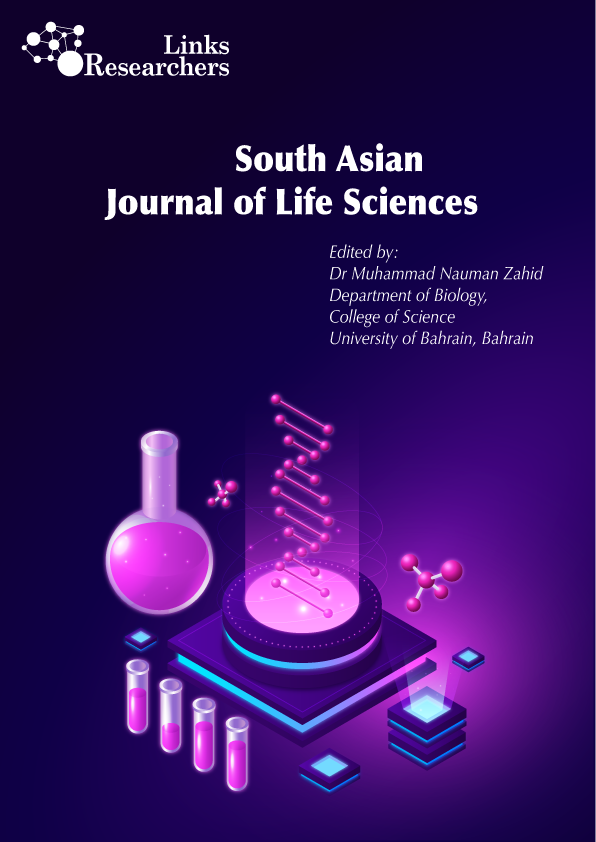Muhammad Farooq, Shahid Bashir* and Salman Ilahi Siddiqui
Jong Ho Ahn1, Jang Hoon Choi1,2 and In Sik Nam1,3,*
Seon-Ho Kim1, Mahfuzul Islam1,2, A-Rang Son1, Sang-Suk Lee1*
Pan Ziyi1, Ambreen Iqbal1, Gao Zhen1, Liu Juan1, Fang Xibi2, Jiang Ping1* and Zhao Zhihui1*
Rana Aamir Shehzad1, Ghulam Sarwar1*, Sabir Hussain Shah2, Mukkram Ali Tahir1, Noor-Us-Sabah1, Sher Muhammad2, Muhammad Aftab3, Muhammad Zeeshan Manzoor1 and Imran Shehzad1
Aiman Amur1*, Nasreen Memon1, Khalida Unar2 and Roshan Jamali3
Ebban Bagus Kuntadi1, and Amam Amam2*
Md. Nazrul Islam1*, Md. Saiful Islam Siddiqui2, Md. Rafiqul Islam3, Emdadul Haque Chowdhury3’
Herrera-Torres Esperanza1, Araiza-Rosales Esther2, Sierra-Franco Daniel3, Ortiz-Robledo Faviola1, Aguirre-Calderón Carlos3, Pámanes-Carrasco Gerardo4*








